KO SASAKI PHOTO EXHIBITION “XEPCOH – Kherson: On Nights of Falling Missiles” November 15 – 30, 2025
Reminders Photography Stronghold is pleased to present a solo exhibition by Ko Sasaki,
“XEPCOH – Kherson: On Nights of Falling Missiles.”
This exhibition marks the launch of Sasaki’s new photobook, ХЕРСОН — Kherson: On Nights of Falling Missiles, based on his 126-day stay in southern Ukraine during the summer of 2022, amid Russia’s full-scale invasion.
Through time spent with both civilians and soldiers, Sasaki quietly documented the fragile boundary between daily life and war. Rather than focusing on destruction or violence, his photographs reveal traces of human life—prayers, laughter, sleep, and conversations. The work resists being reduced to familiar tropes of war photography, instead preserving moments that defy easy categorization or summary.
The project originated with the crowdfunding initiative 126 Days in Wartime Ukraine, and was later developed further through Sasaki’s participation in the PHOTOBOOK MASTERCLASS at Reminders Photography Stronghold in 2023.
Sasaki’s photographs record what he witnessed day after day: the quiet resilience of ordinary people going about their lives amid extraordinary circumstances. His gaze remains simply present—reflecting a reality in which war lies just beyond the rhythms of daily life. And in doing so, it quietly reminds us that this reality may not be as distant from our own as it seems.
We invite you to visit the exhibition and experience the quiet intensity of this work.
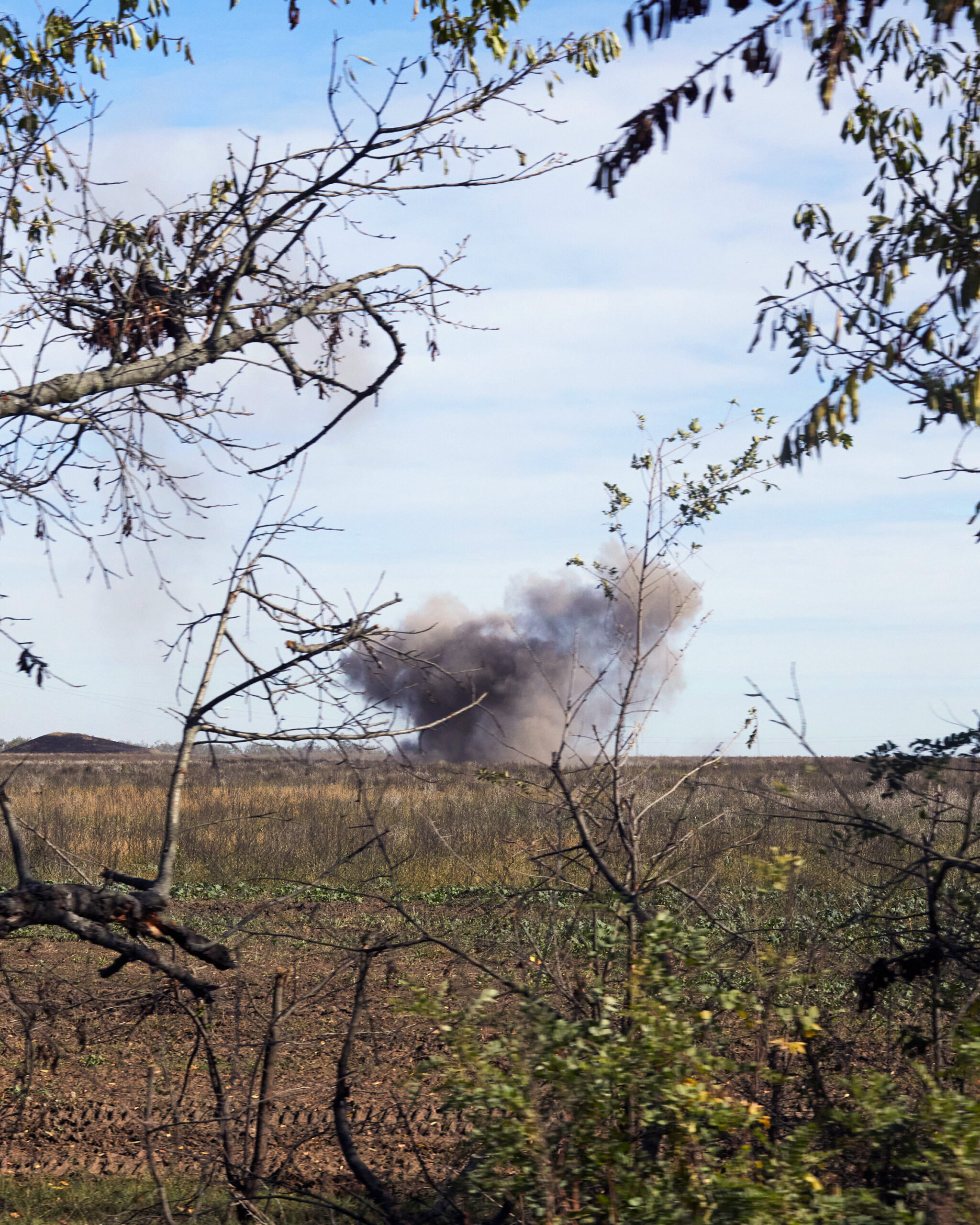
©︎Ko Sasaki / XEPCOH – Kherson: On Nights of Falling Missiles
“XEPCOH – Kherson: On Nights of Falling Missiles”
“Like a terrible dream.”
That was how my friend Andrii described it in a chat on one of those nights when missiles were falling.
By the summer of 2022—six months into Russia’s full-scale invasion—southern Ukraine was under constant missile attack. The explosions struck without warning or logic. Unless you were close to the impact, you might not even notice it had happened. It was so unreal, I often found myself wondering if somewhere there still existed a parallel world where life continued as it should.
On Independence Day in August, air raid sirens were drowned out by the sound of children leaping into the river at the center of town. Families lounged along the riverbank, basking in the summer sun.
A few days later, a shopkeeper told me how a missile attack the previous night had destroyed buildings and set cars on fire. The chaos and emergency response had made it impossible to sleep. I vaguely remembered hearing something in the night.
I visited the Soviet-era apartment building that had been struck. Residents were cleaning up the rubble. Among them was a boy I had photographed earlier that week, draped in a Ukrainian flag by the river. Now, he was carrying boxes down the stairs. When our eyes met, I gestured to ask if I could follow. He shook his head with a tired look and turned back up the stairs.
Later, a friend introduced me to a group of volunteer fighters—former soldiers. After joining them on a few missions, I was accepted, and spent about two months living alongside them. That summer, Ukraine had launched a counteroffensive in the south, aiming to reclaim Kherson Oblast.
Roughly 30 kilometers from the town where we were based stretched the so-called “zero line”—the shifting front between Ukrainian and Russian forces. Another 30 kilometers beyond that lay the Russian-occupied city of Kherson.
One day, in a village near the zero line, Ukrainian soldiers fired mortars toward Russian positions. Moments later, the Russians returned fire. We rushed into a nearby basement. As shells exploded overhead, a soldier scrolled through Instagram, watching car videos. Each impact filled the room with dust. He flinched for a moment, then returned to his screen.
In another bombed-out village, farther from the front, a soldier chatted with a woman he’d met on a dating app, lying on a makeshift bed in a destroyed basement. “I’m looking forward to seeing her when I go back to the city on Sunday,” he said. Waiting for his shift on watch, he fell asleep.
This book is not a chronicle of destruction, nor is it a condemnation.
It is a record of people—eating, laughing, sleeping, crying, fighting, praying, fleeing, being born, dying—people no different from us.
Why does such horror unfold in a place that looks so much like paradise?
This is a story about how war exists just beyond the horizon of everyday life.
Text by Ko Sasaki
Ko Sasaki Photo Exhibition
“XEPCOH – Kherson: On Nights of Falling Missiles”
◎ Dates
[Tokyo] November 15 (Sat) – 30 (Sun), 2025
Open daily 13:00–19:00 / Admission free
◎ Opening Reception & Artist Talk
[Tokyo] November 15 (Sat) from around 2:00 PM
Please note that the reception and artist talk will begin at 2:00 PM.
◎ Venue
[Tokyo] Reminders Photography Stronghold Gallery
Address: 2-38-5 Higashimukojima, Sumida-ku, Tokyo, 131-0032
(6-minute walk from Tobu Skytree Line “Hikifune” Station,
5-minute walk from Keisei Line “Keisei Hikifune” Station)
Now Available: Ko Sasaki’s Photobook “XEPCOH – Kherson: On Nights of Falling Missiles”
https://reminders-project.org/en/xepcohkhersononnightsoffallingmissilessaleen/
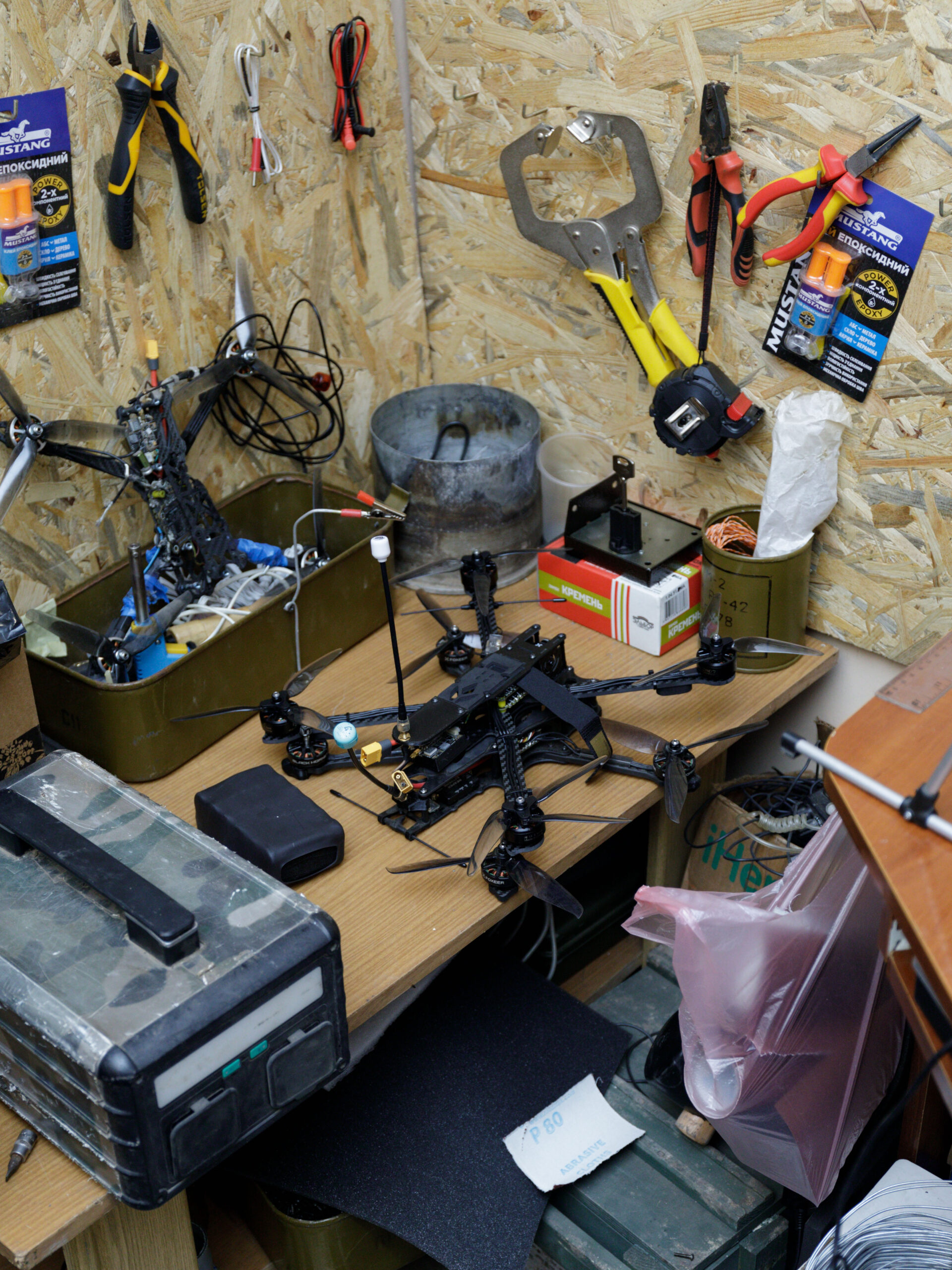
©︎Ko Sasaki / XEPCOH – Kherson: On Nights of Falling Missiles
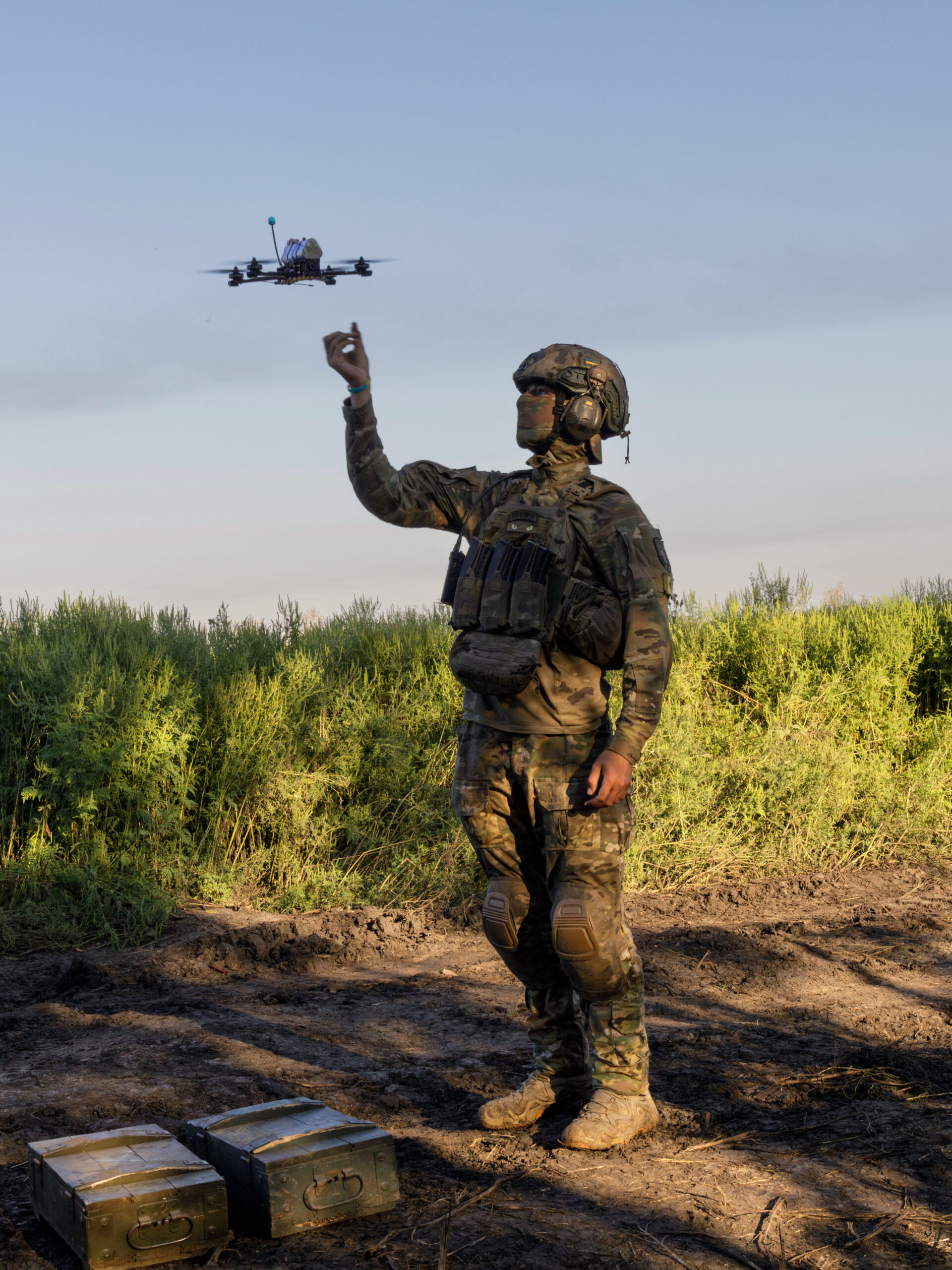
©︎Ko Sasaki / XEPCOH – Kherson: On Nights of Falling Missiles
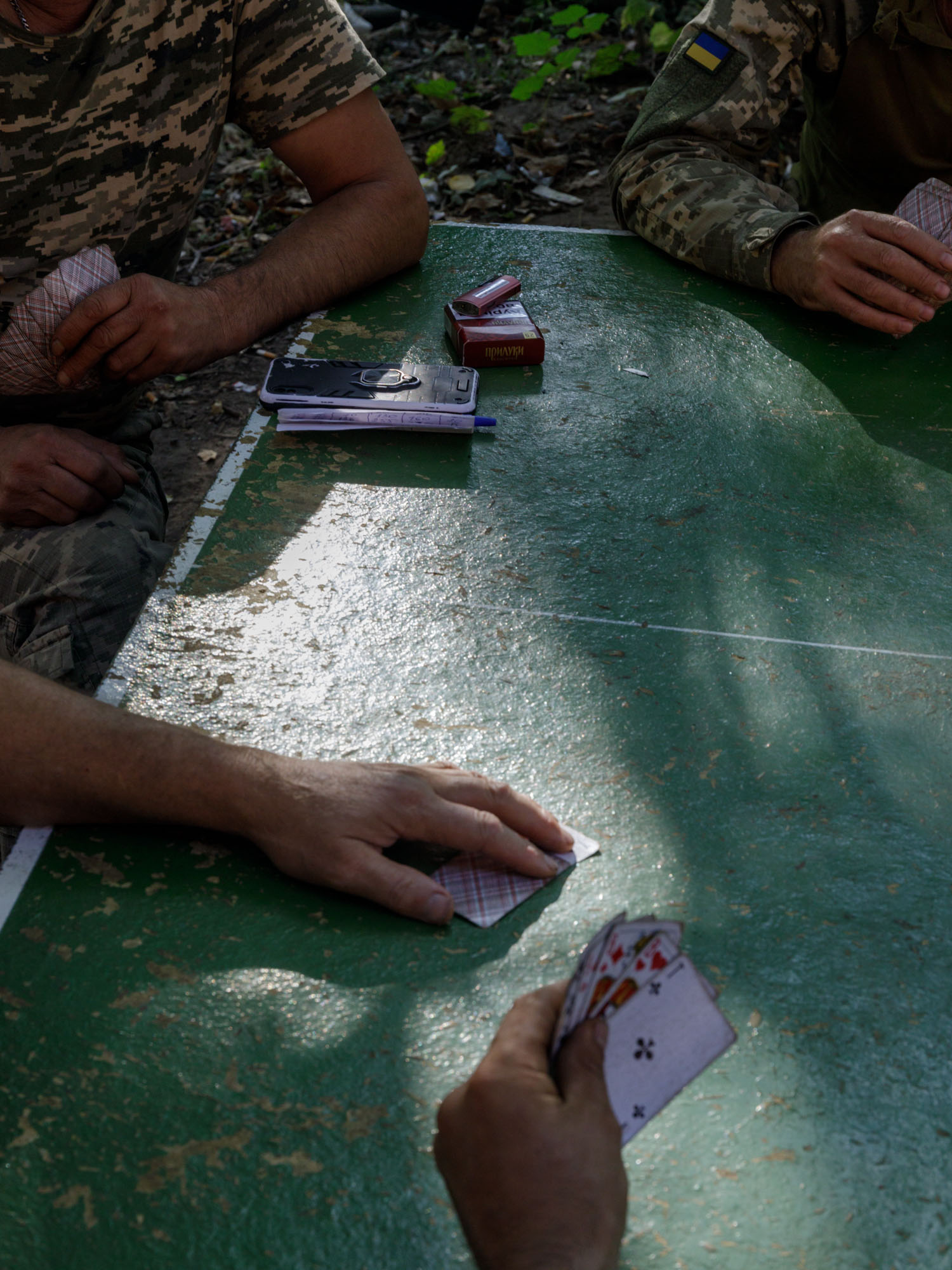
©︎Ko Sasaki / XEPCOH – Kherson: On Nights of Falling Missiles
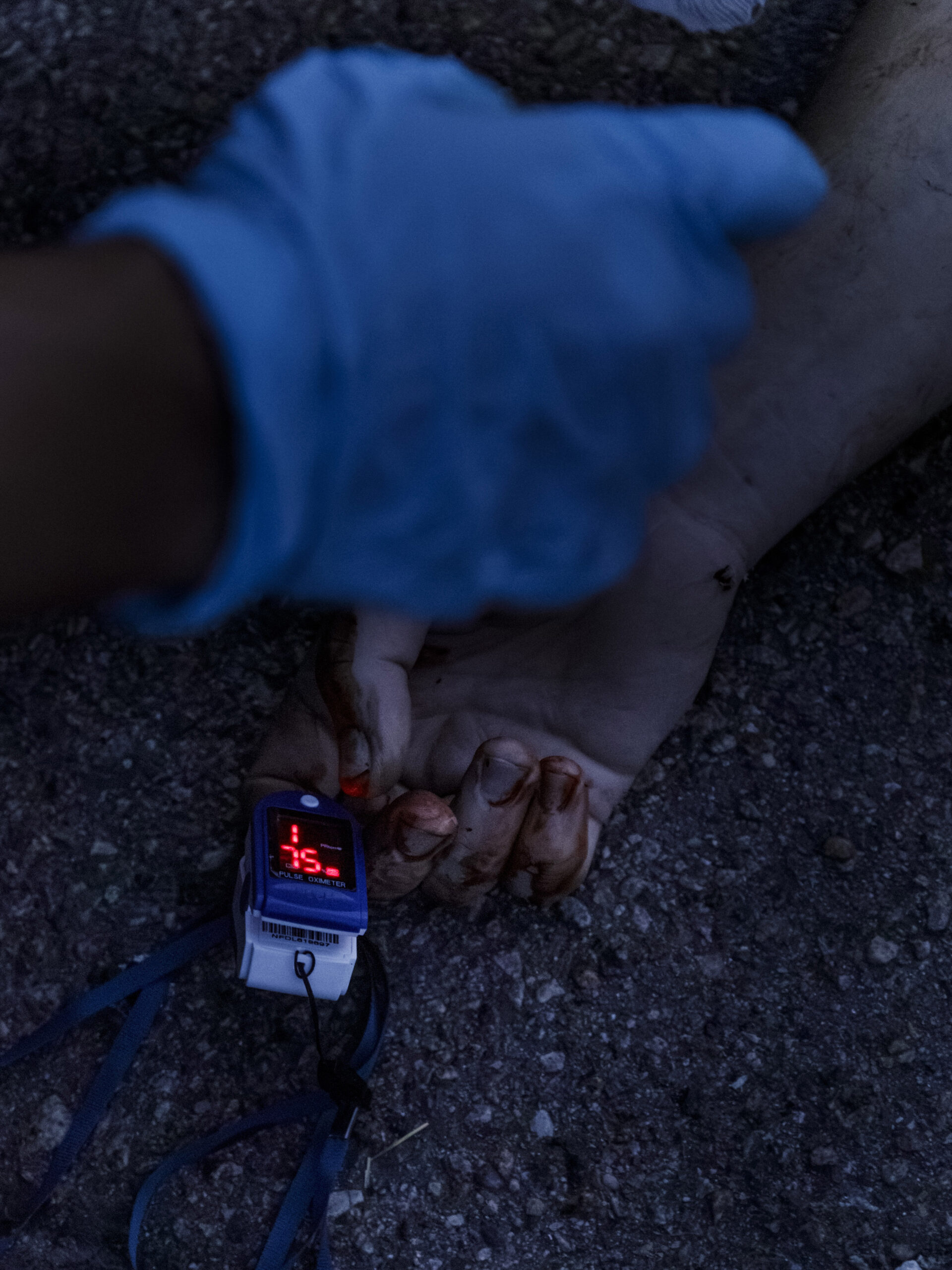
©︎Ko Sasaki / XEPCOH – Kherson: On Nights of Falling Missiles
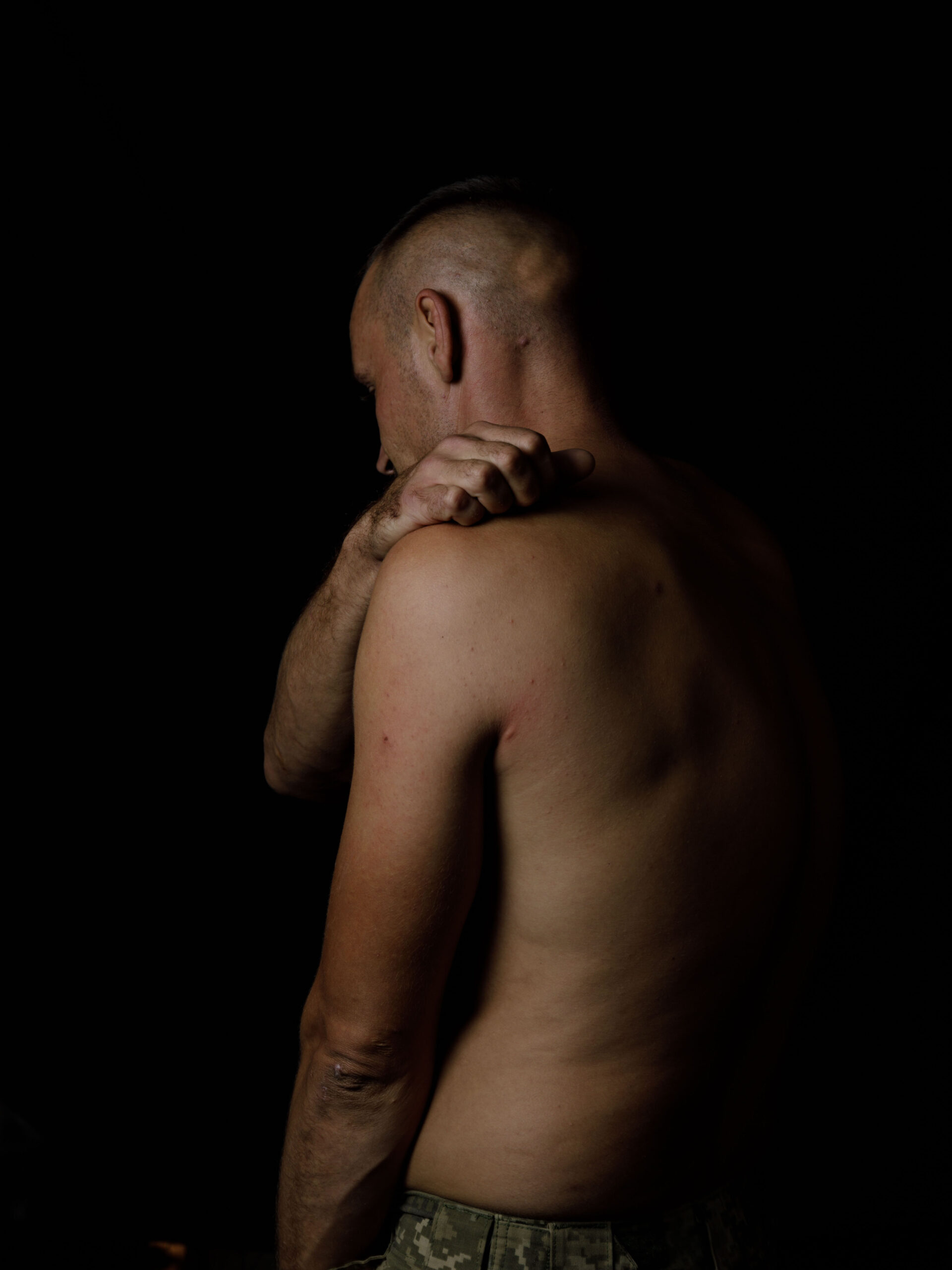
©︎Ko Sasaki / XEPCOH – Kherson: On Nights of Falling Missiles
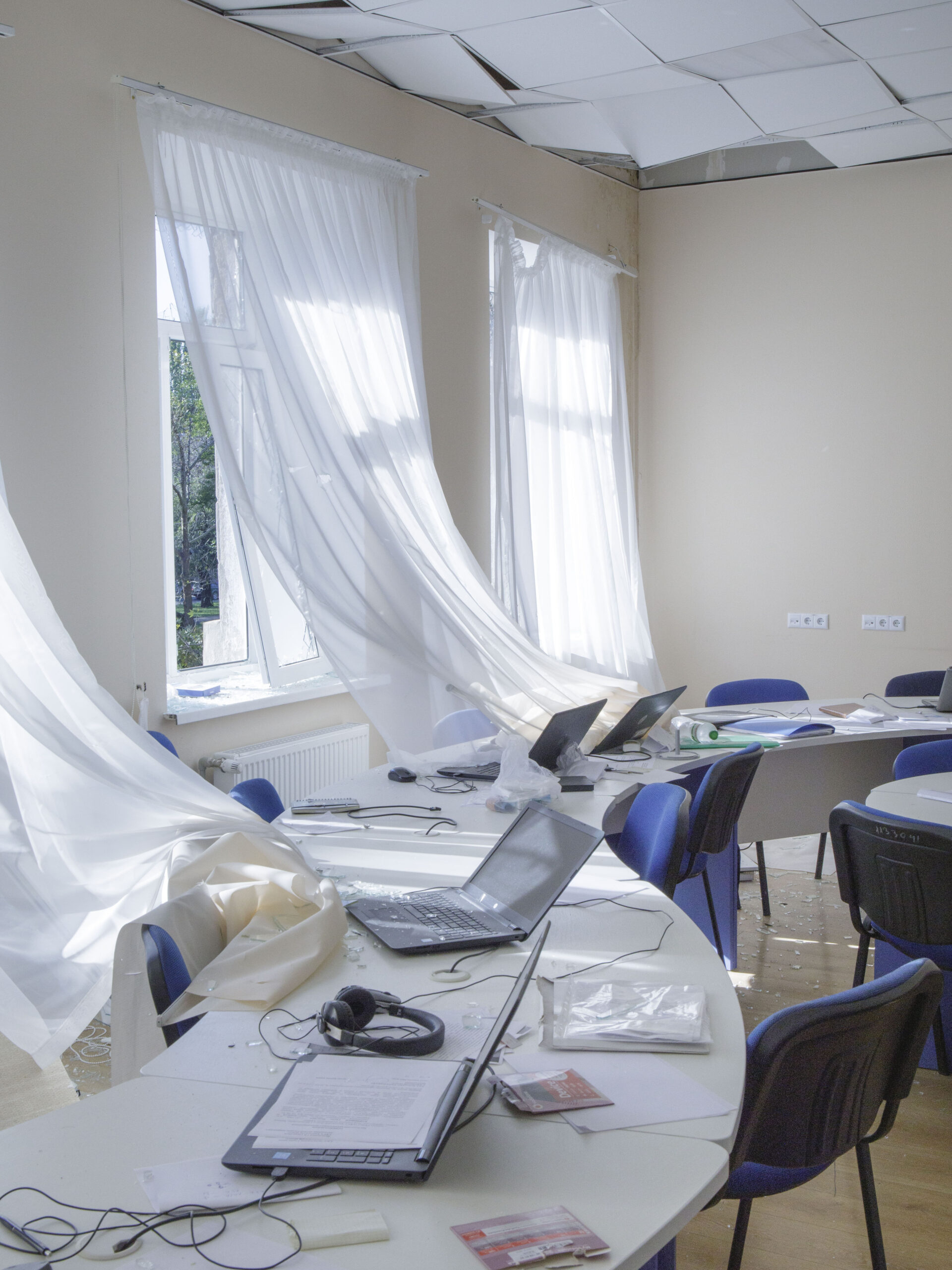
©︎Ko Sasaki / XEPCOH – Kherson: On Nights of Falling Missiles
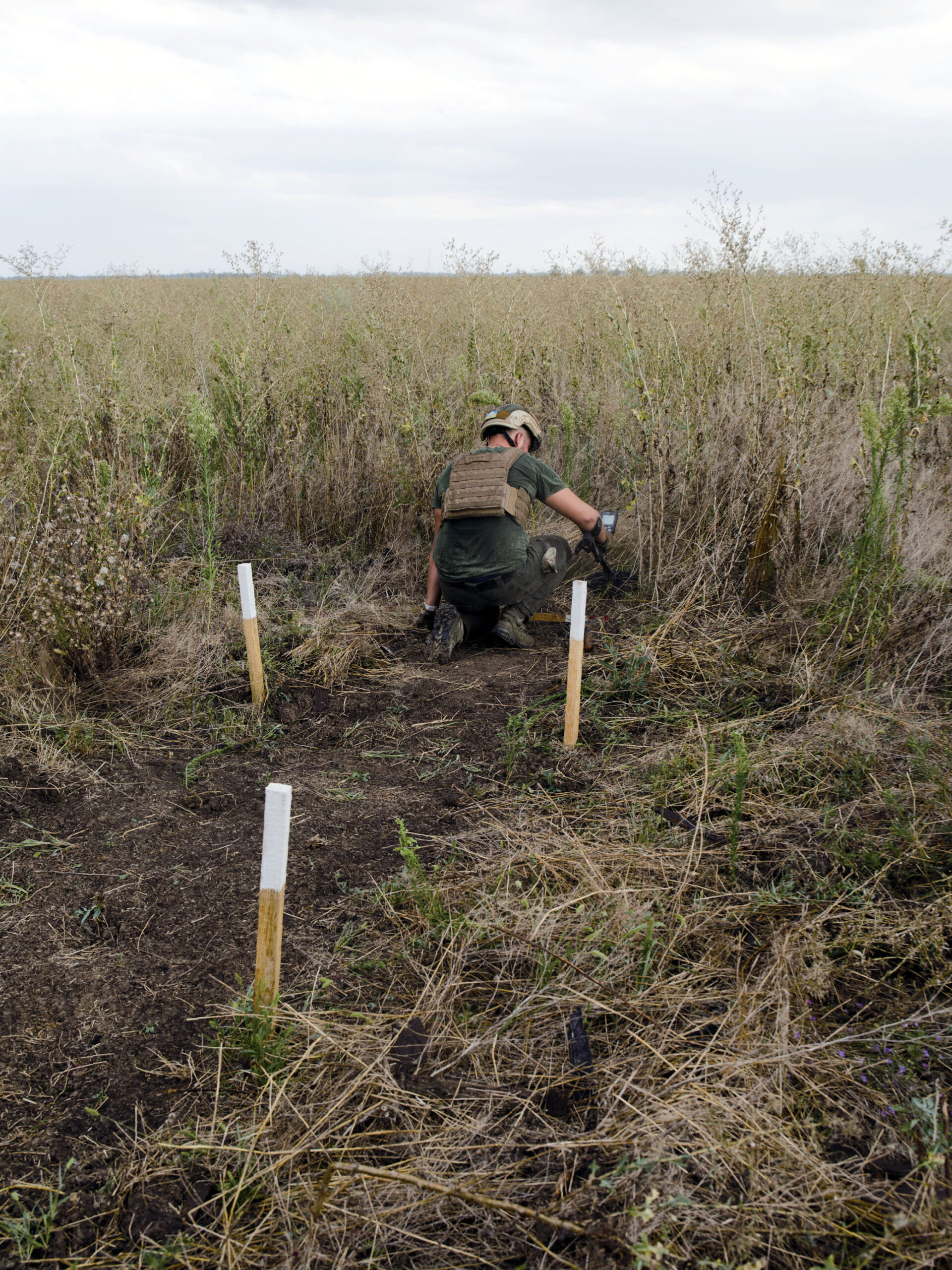
©︎Ko Sasaki / XEPCOH – Kherson: On Nights of Falling Missiles
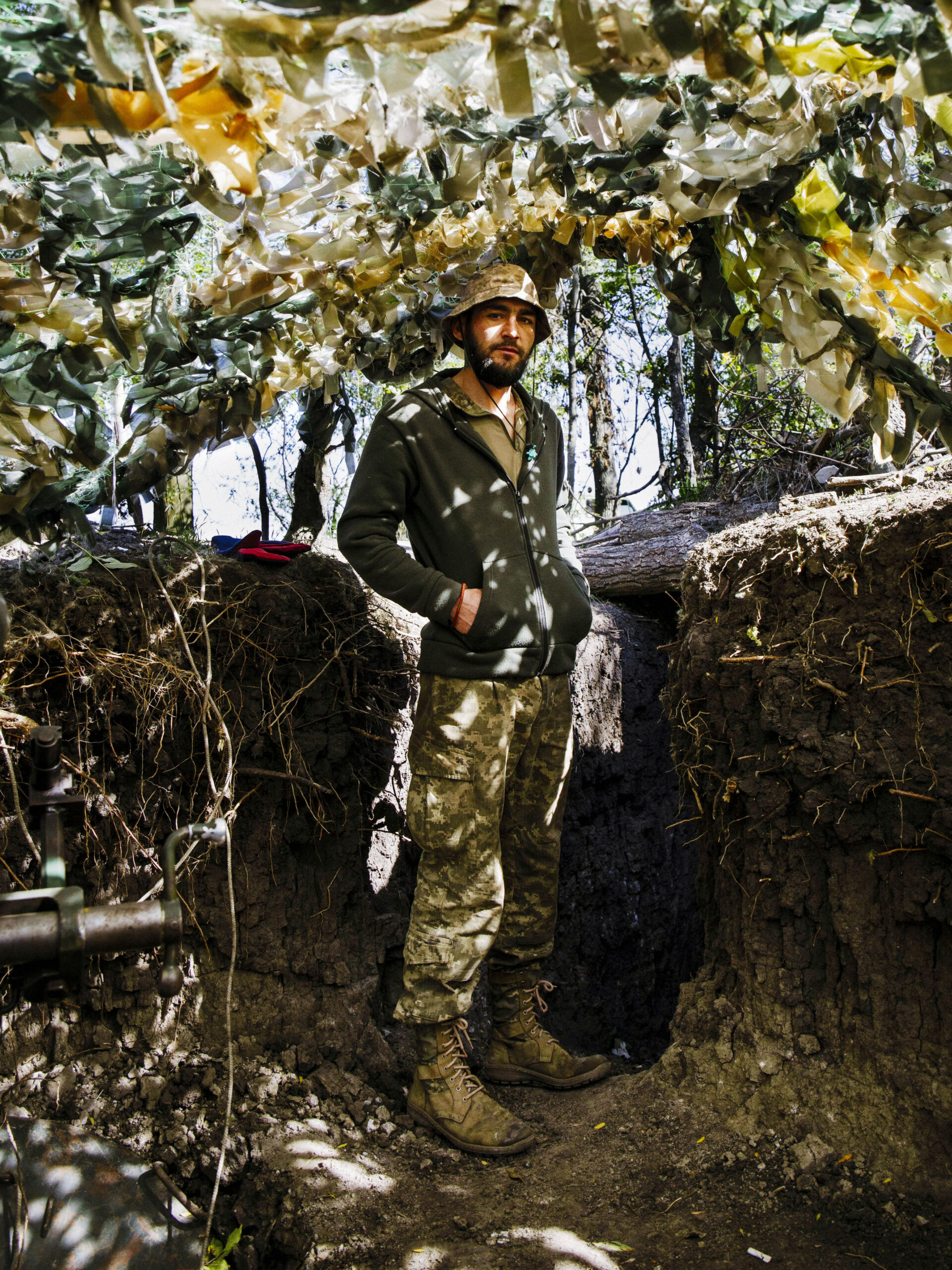
©︎Ko Sasaki / XEPCOH – Kherson: On Nights of Falling Missiles
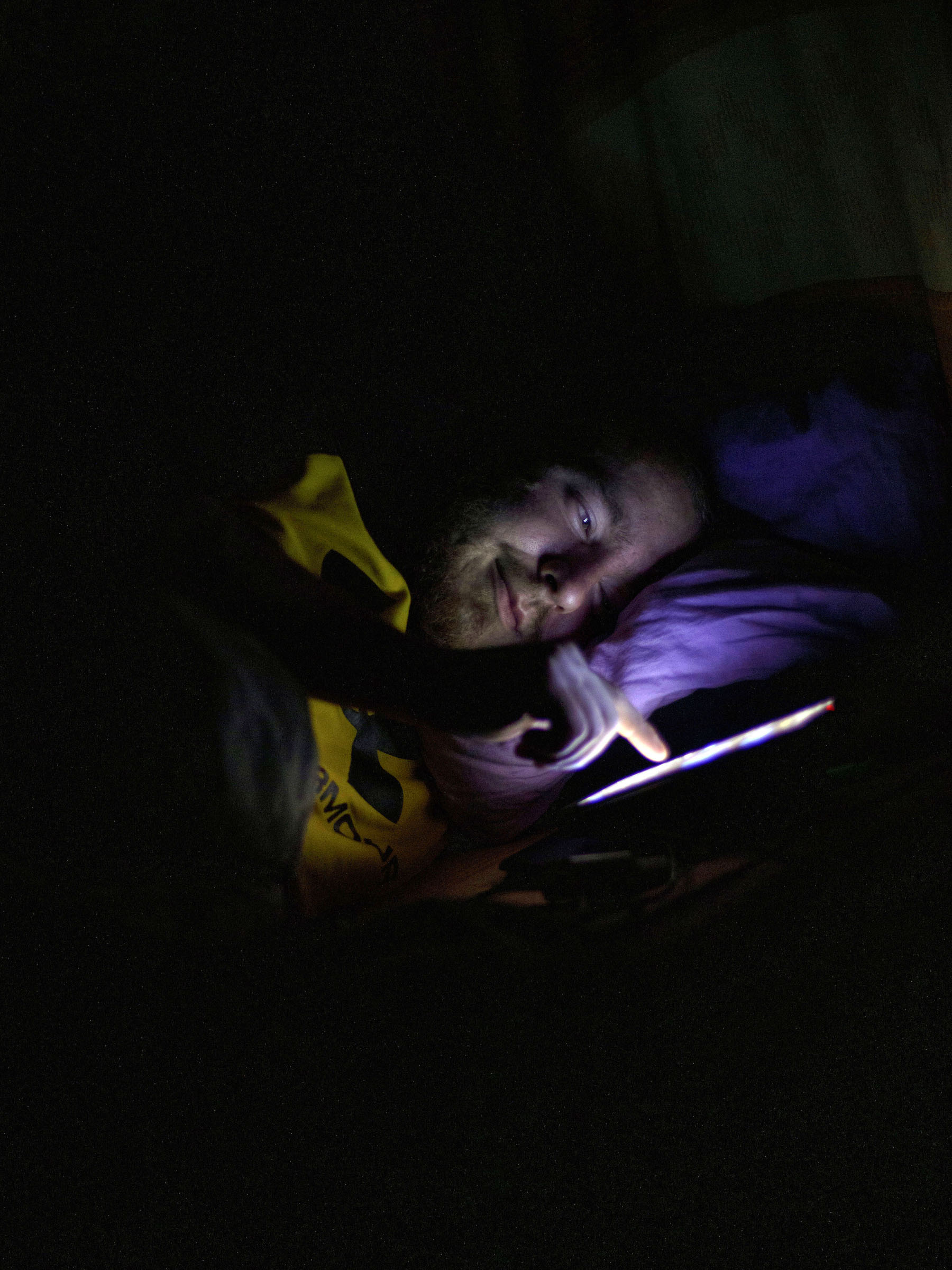
©︎Ko Sasaki / XEPCOH – Kherson: On Nights of Falling Missiles
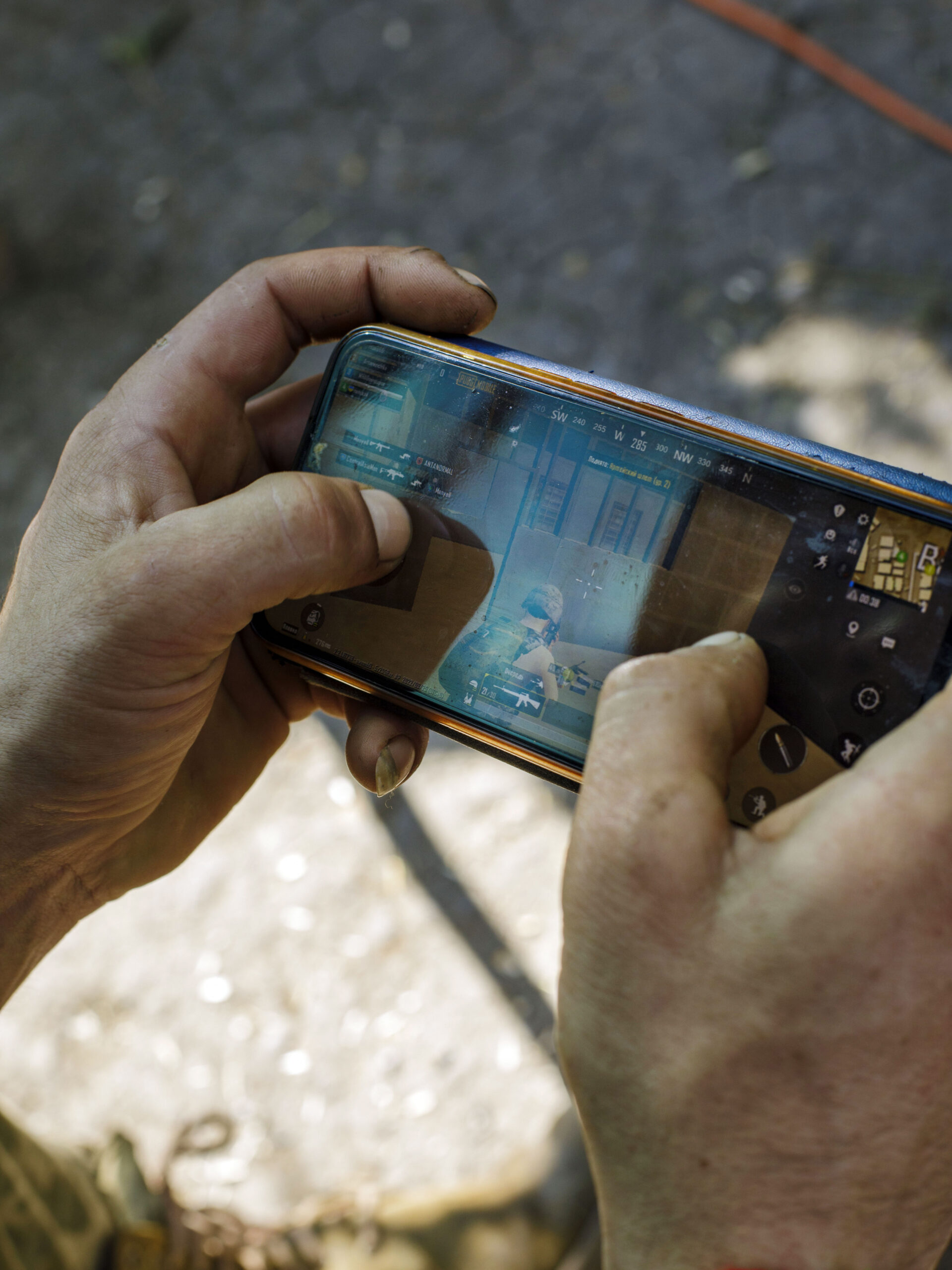
©︎Ko Sasaki / XEPCOH – Kherson: On Nights of Falling Missiles
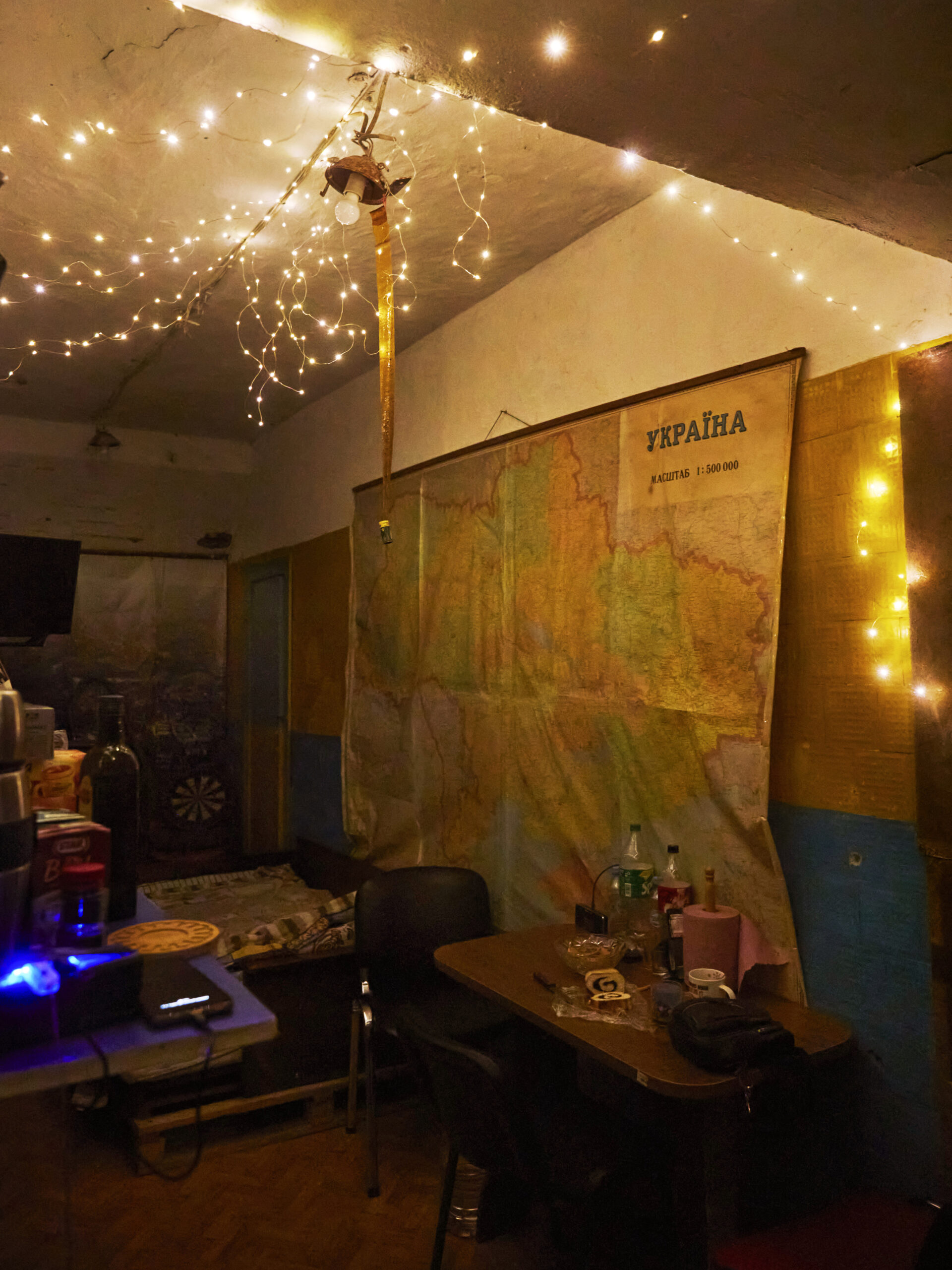
©︎Ko Sasaki / XEPCOH – Kherson: On Nights of Falling Missiles
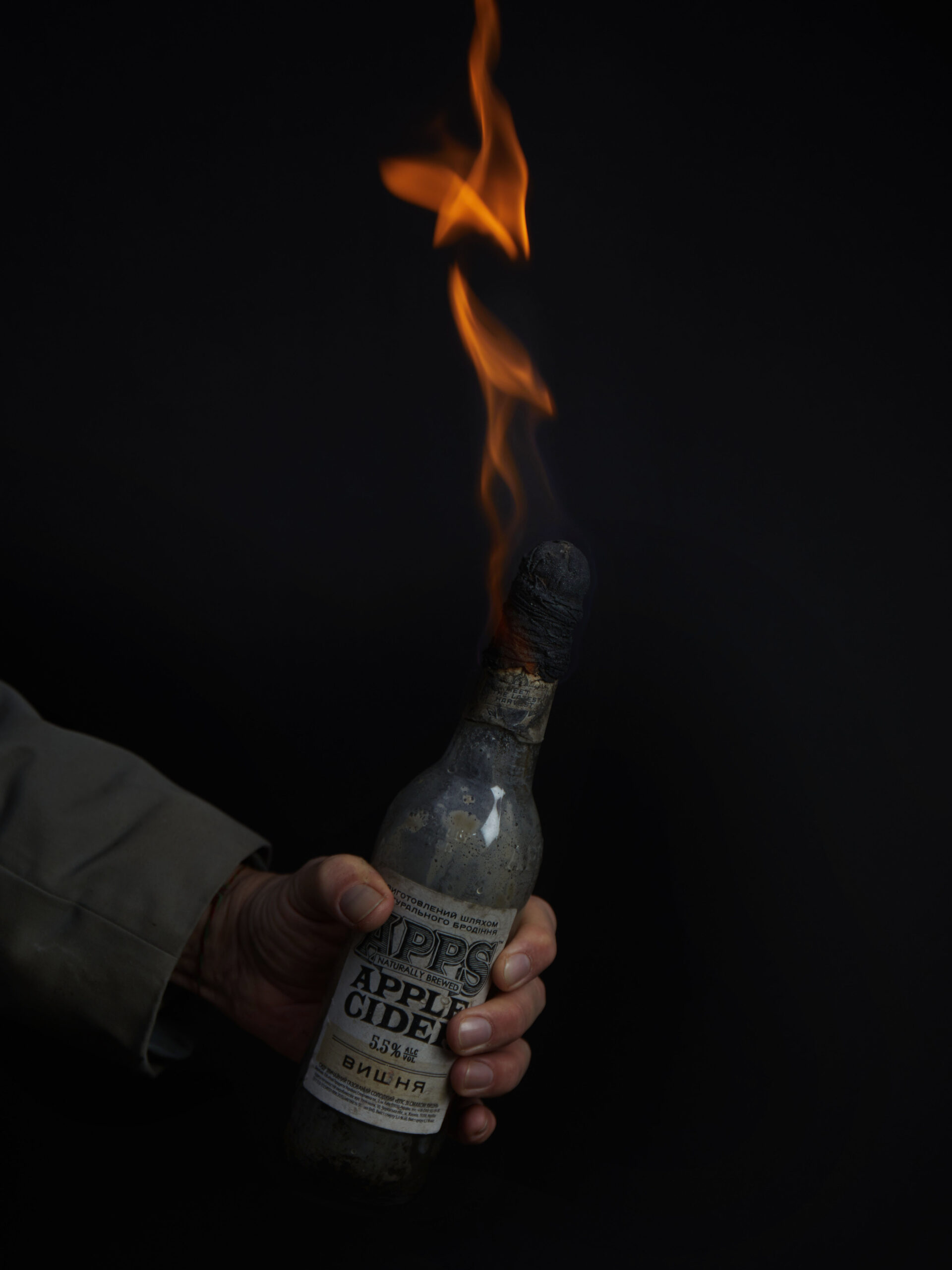
©︎Ko Sasaki / XEPCOH – Kherson: On Nights of Falling Missiles
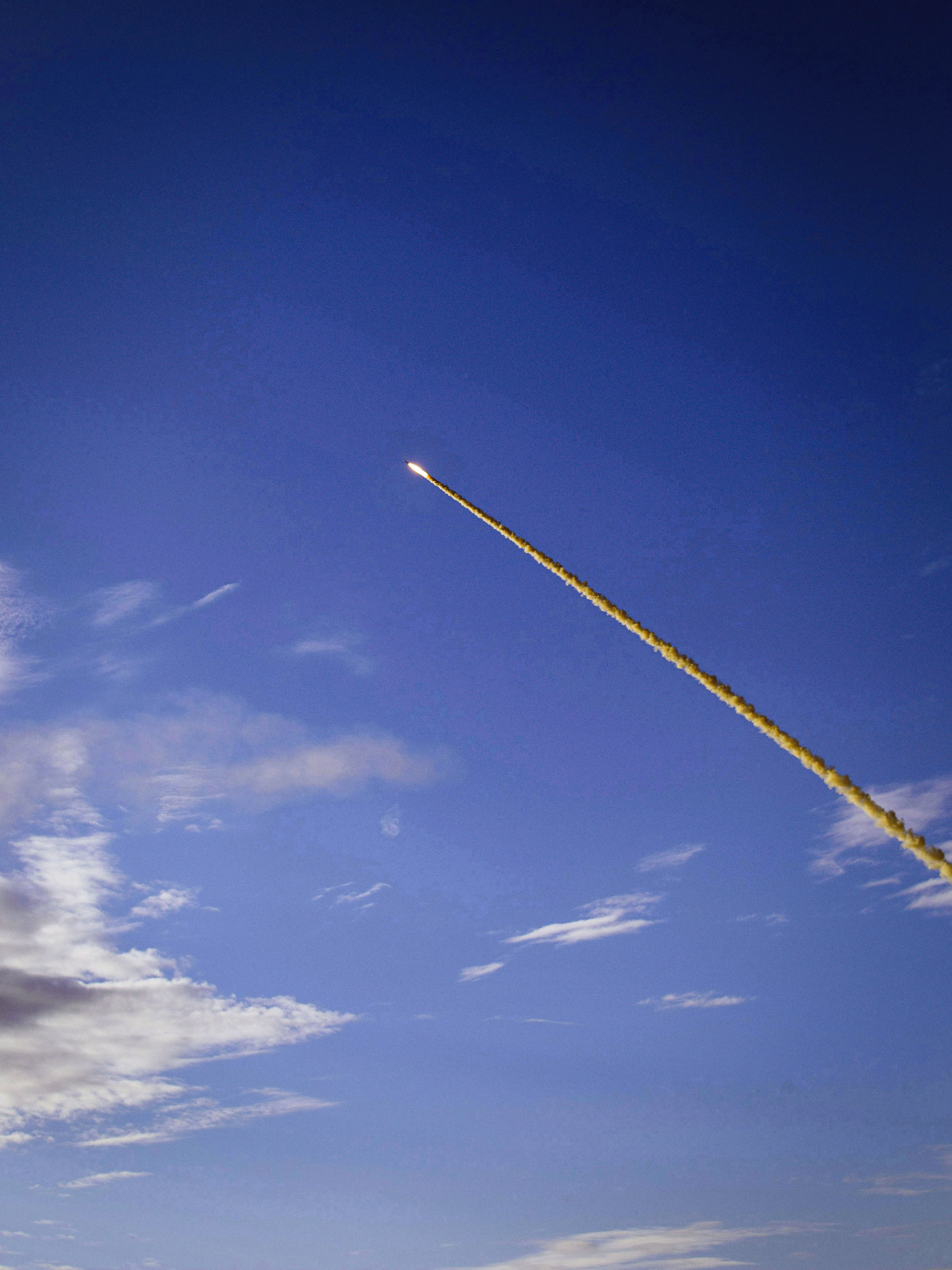
©︎Ko Sasaki / XEPCOH – Kherson: On Nights of Falling Missiles
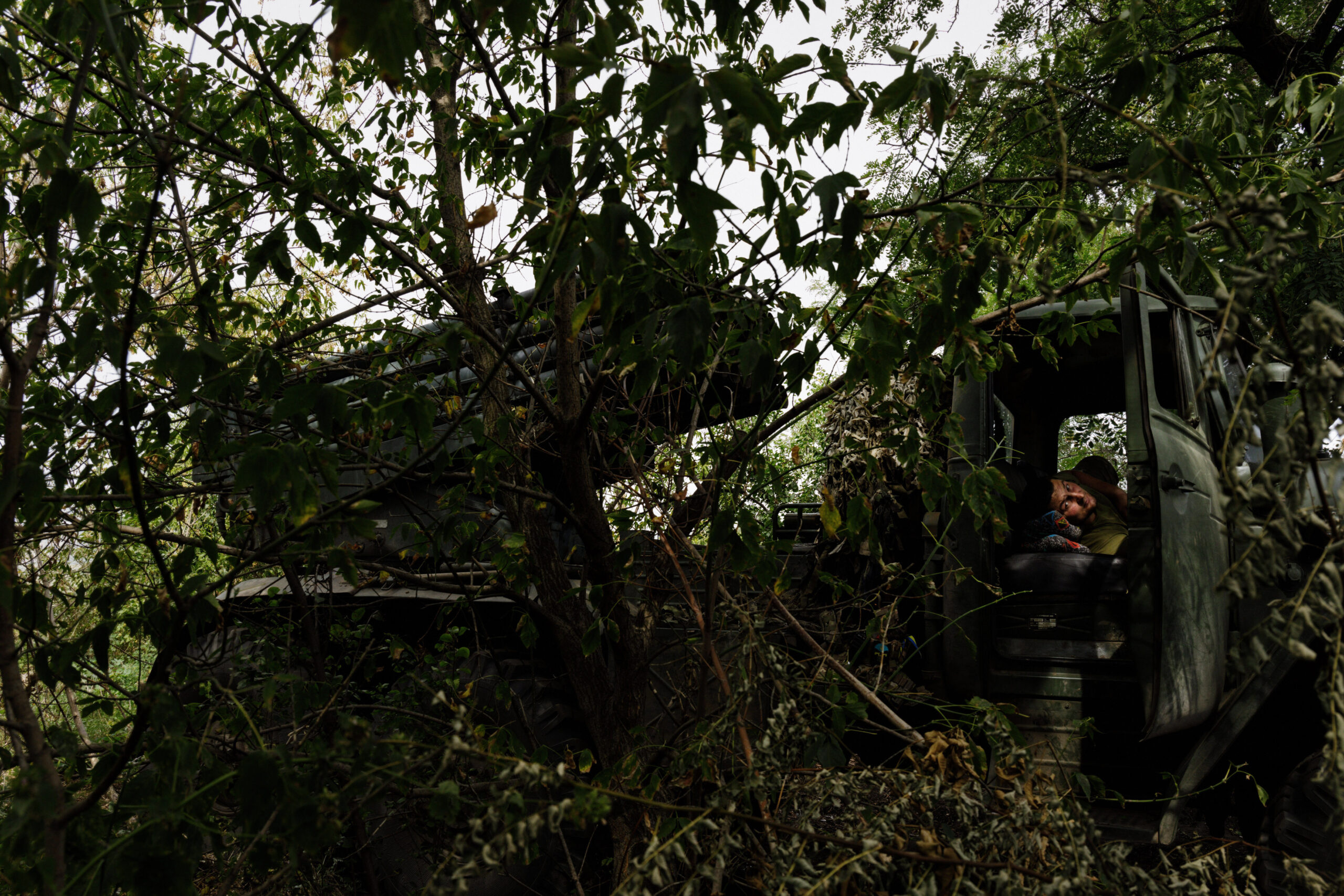
©︎Ko Sasaki / XEPCOH – Kherson: On Nights of Falling Missiles
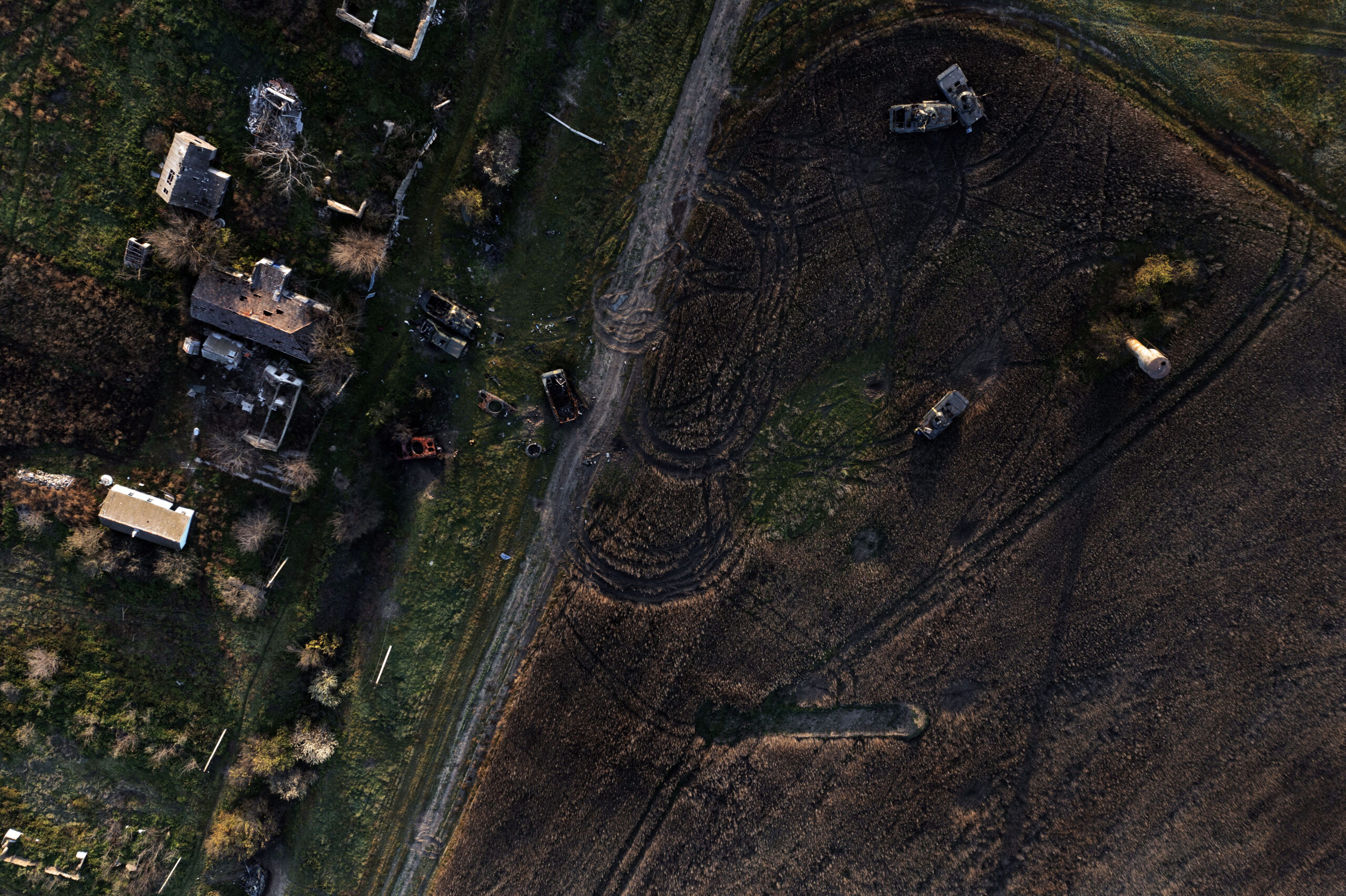
©︎Ko Sasaki / XEPCOH – Kherson: On Nights of Falling Missiles
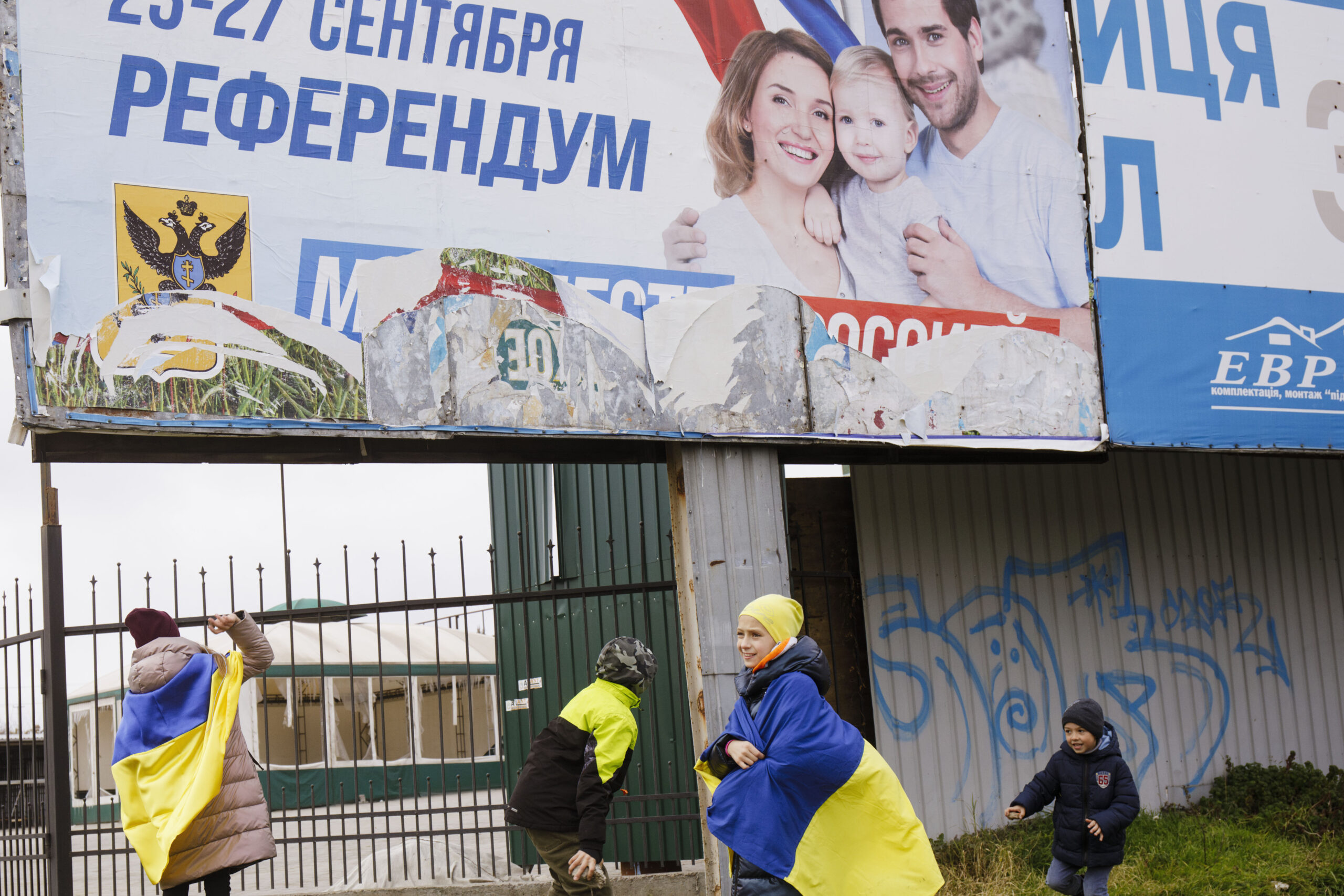
©︎Ko Sasaki / XEPCOH – Kherson: On Nights of Falling Missiles
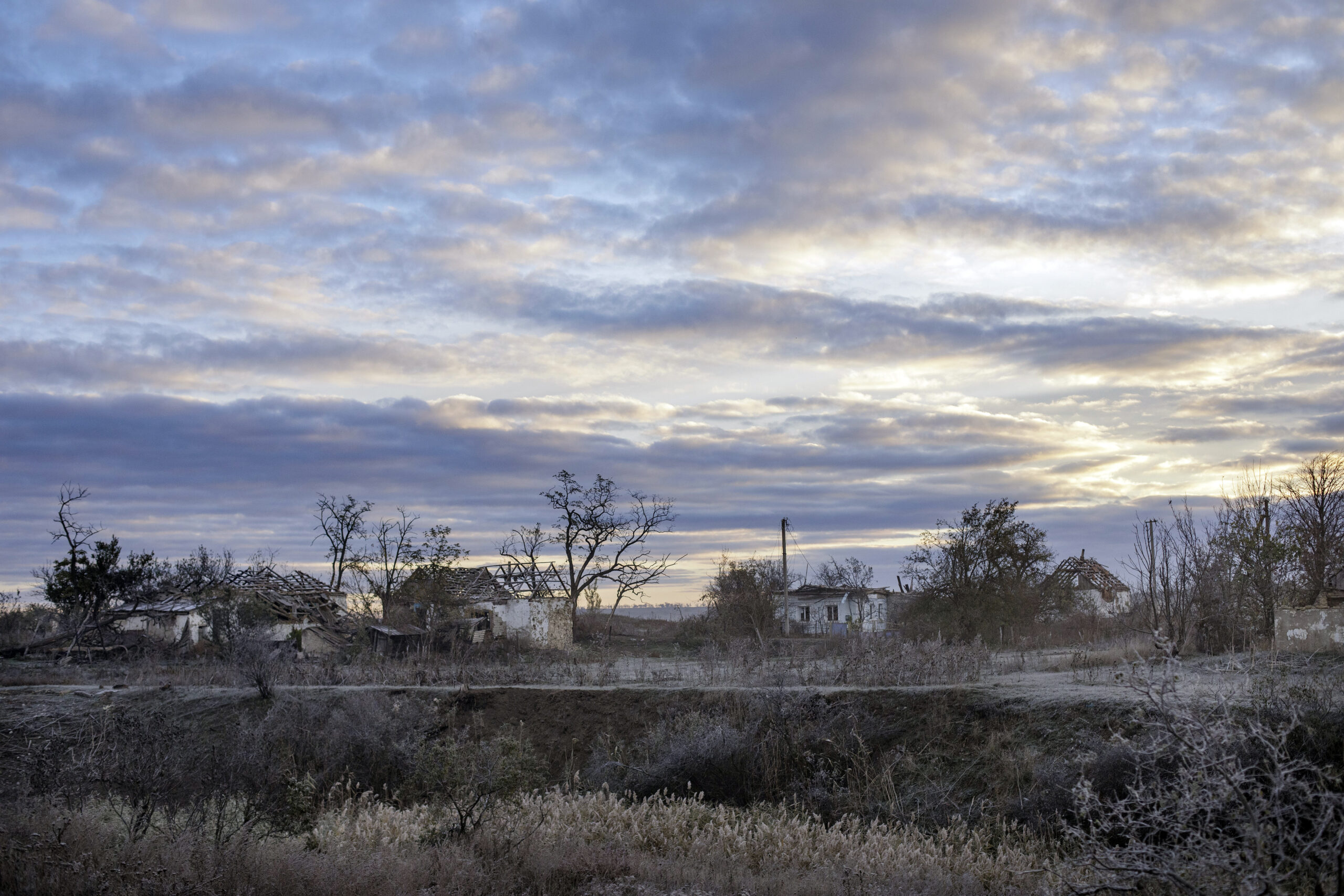
©︎Ko Sasaki / XEPCOH – Kherson: On Nights of Falling Missiles
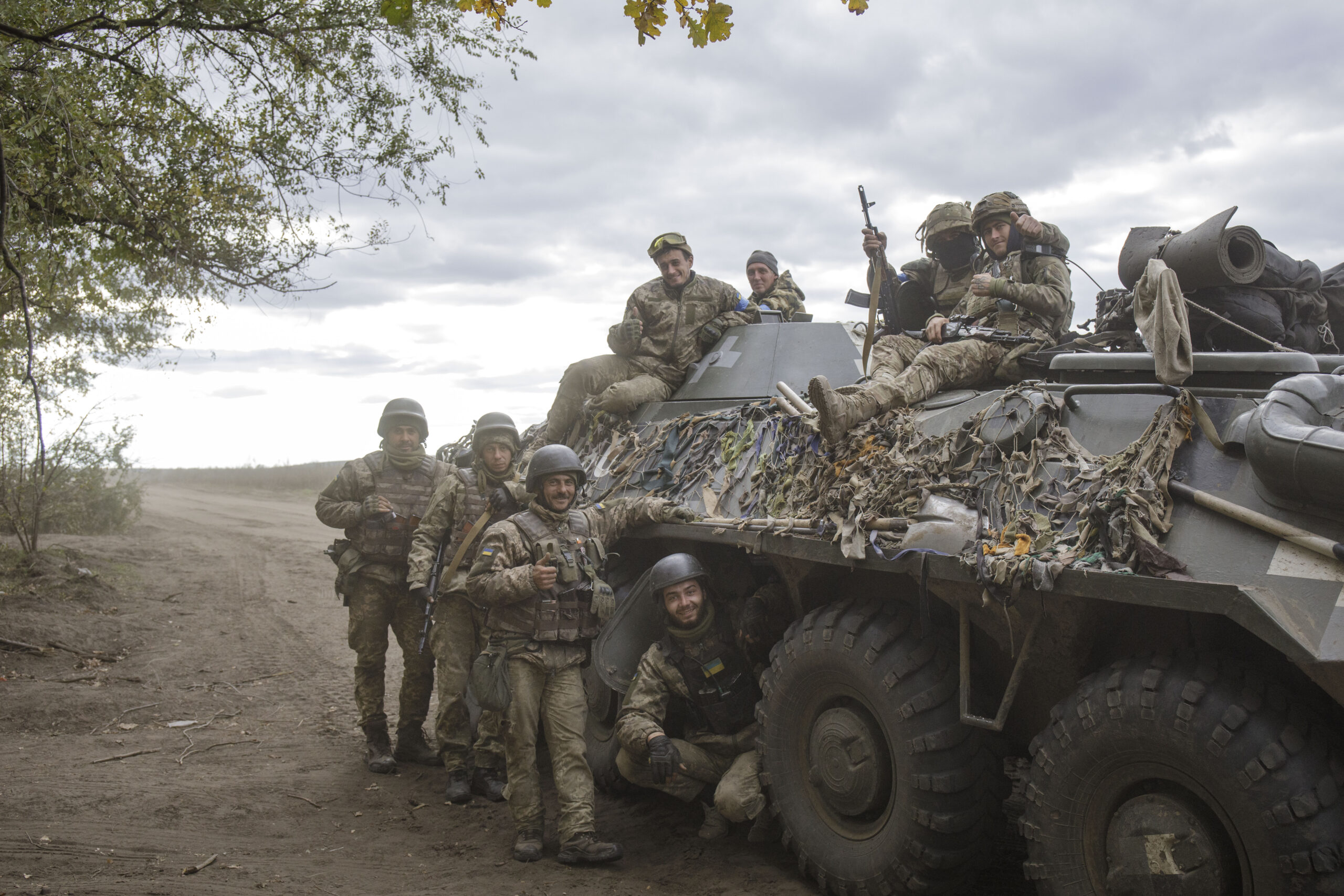
©︎Ko Sasaki / XEPCOH – Kherson: On Nights of Falling Missiles
Profile|Ko Sasaki
Ko Sasaki is a photojournalist born in 1972. Since the late 1990s, he has documented social and political unrest across Asia and the Middle East, including Cambodia following the death of Pol Pot, riots in Indonesia, guerrilla movements in the Philippines, and the beginning of the Second Intifada in Palestine.
In 2004, he became a founding photo editor for Courrier Japon at Kodansha, while continuing to work as a freelance photographer. His work has appeared in The New York Times, Forbes, Financial Times, The Washington Post, Stern, TIME, and other international media outlets.
